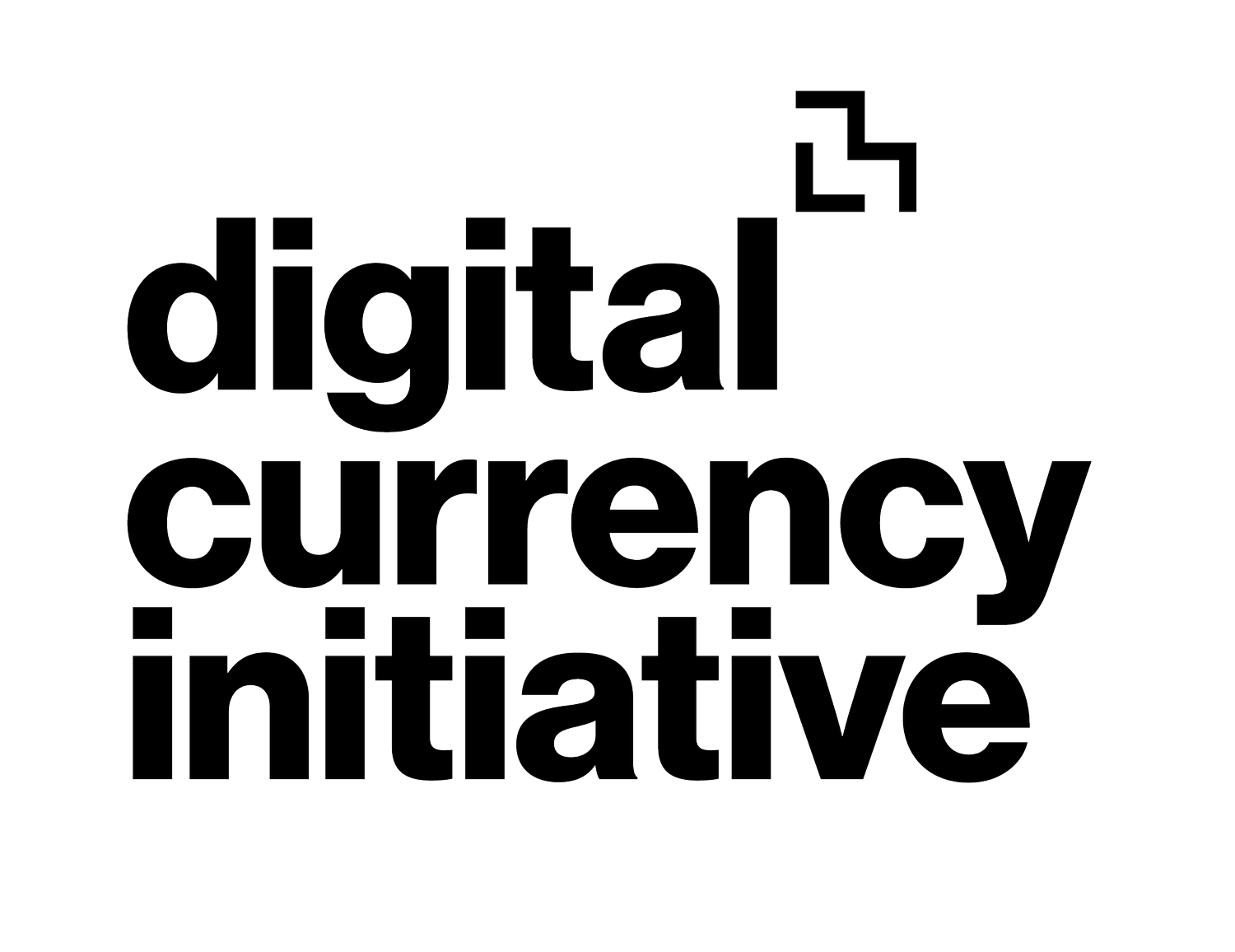Neha Narula | Director
Neha Narula is the Director of the Digital Currency Initiative at the MIT Media Lab, where her research interests are in cryptocurrencies and distributed systems. She is also on the Board of Directors for Block and the Innovation Advisory Council for the Federal Reserve Bank of New York. Neha has given a TED talk on the future of money and was named to WIRED's list of 25 leaders shaping the next 25 years of technology. She received her PhD in computer science from MIT in 2015, where she published work on fast, scalable databases and before that was a senior software engineer at Google.
Personal page: http://nehanarula.org
Projects
Designing Payment Tokens For Safety, Integrity, Interoperability, and Usability
Parallelized Architecture for Scalably Executing Smart Contracts (PArSEC)
Mitigating Undercutting Attacks: A Study on Mining and Transaction Fee Behavior - Student Thesis
Improving Bitcoin-Core’s Kitchen Sink Random Number Generator
Beware the Weak Sentinel: Making OpenCBDC Auditable without Compromising Privacy
Privacy Preserving Designs for CBDCs with Deutsche Bundesbank
b_verify: Scalable Non-Equivocation for Verifiable Management of Data - Student Thesis
CBDC: Expanding Financial Inclusion or Deepening the Divide?
ClockWork: An Exchange Protocol for Proofs of Non Front-Running
Cryptanalysis of Curl-P and Other Attacks on the IOTA Cryptocurrency
Double-Spend Counterattacks: Threat of Retaliation in Proof-of-Work Systems
Going from bad to worse: from Internet voting to blockchain voting
The Decentralized Web: Defending Internet Freedom through Decentralization: Back to the Future?
The Future of Our Money - Centering Users in the Design of Digital Currency
The Impact of Blockchain Technology on Finance: A Catalyst for Change

